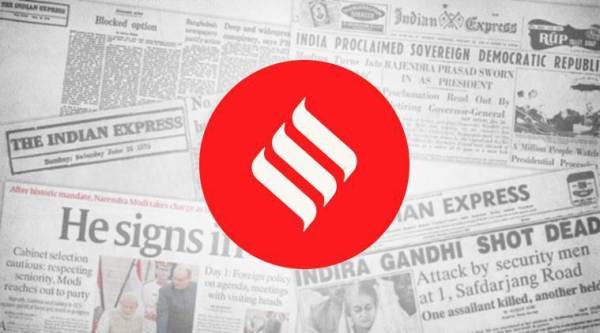 Retail potato prices going up, from roughly Rs 20 to Rs 30 per kg in the last three months, shouldn’t surprise.
Retail potato prices going up, from roughly Rs 20 to Rs 30 per kg in the last three months, shouldn’t surprise.
A spurt in vegetable prices, especially of tomatoes and potatoes, raises questions not only on the Reserve Bank of India’s (RBI) headroom for further interest rate cuts, but even for continuing with its accommodative monetary policy stance to revive growth and investment in the economy. This is even more so with consumer price inflation, at 6.09 per cent in June, already crossing the central bank’s 6 per cent lakshman rekha and the pass-through effects of the Rs 11-12/litre increase in diesel prices since last month still to be felt. Vegetables turning dearer can significantly influence household inflation expectations that are also a key metric factored in by the RBI’s monetary policy committee. In its last May 22 meeting, the committee had taken note of the “unusual spike in food inflation in April”, which it expected to “moderate” on the back of a normal monsoon.
Retail potato prices going up, from roughly Rs 20 to Rs 30 per kg in the last three months, shouldn’t surprise. The main rabi crop, which farmers harvest in January-March and mainly keep in cold stores for making staggered sales till October-November, has been an estimated 25 per cent lower this time. The reason: Poor price realisations for the last three seasons (2016-17 to 2018-19), leading farmers to sow less in 2019-20. Given the production shortfall, the current prices are actually reasonable. The potato story is similar to onions last year. Then, too, it was the price crash from a bumper 2017-18 crop that made farmers reduce plantings the following year. Aloo prices would have gone the pyaaz way, but for the lockdown-induced shutdown of eateries and dip in consumption of potato-based snacks from samosas to french fries. More than potatoes, the rise in tomato prices — from Rs 20 to Rs 50 per kg within hardly two months — is striking. The fact that growers were getting Rs 3-5/kg for their produce in May, while even dumping them on roads, should not be lost on consumers. Nor the fact that onions are retailing today at around Rs 20, as against Rs 90-100 at the year’s start.
The real takeaway on vegetables is the need for not just investing in cold stores. Neither these nor in-field kanda chawl storage structures have reduced price volatility in potatoes and onions. What is necessary — especially when India has moved from being a structurally deficit to surplus producer — is crop area planning. Farmers should have access to credible forecasts of opening stocks, domestic consumption and export demand for all crops to enable them to make the right planting decisions. This is a job an agency like the Commission for Agricultural Costs and Prices should be entrusted with. Wild price and acreage swings ultimately benefit no one — whether farmers, consumers, processors or policymakers.
📣 The Indian Express is now on Telegram. Click here to join our channel (@indianexpress) and stay updated with the latest headlines
For all the latest Opinion News, download Indian Express App.
© The Indian Express (P) Ltd
"potato" - Google News
July 21, 2020 at 05:30AM
https://ift.tt/39cQ6nQ
Potato tears - The Indian Express
"potato" - Google News
https://ift.tt/2rh4zOj
Shoes Man Tutorial
Pos News Update
Meme Update
Korean Entertainment News
Japan News Update
Bagikan Berita Ini
















0 Response to "Potato tears - The Indian Express"
Posting Komentar